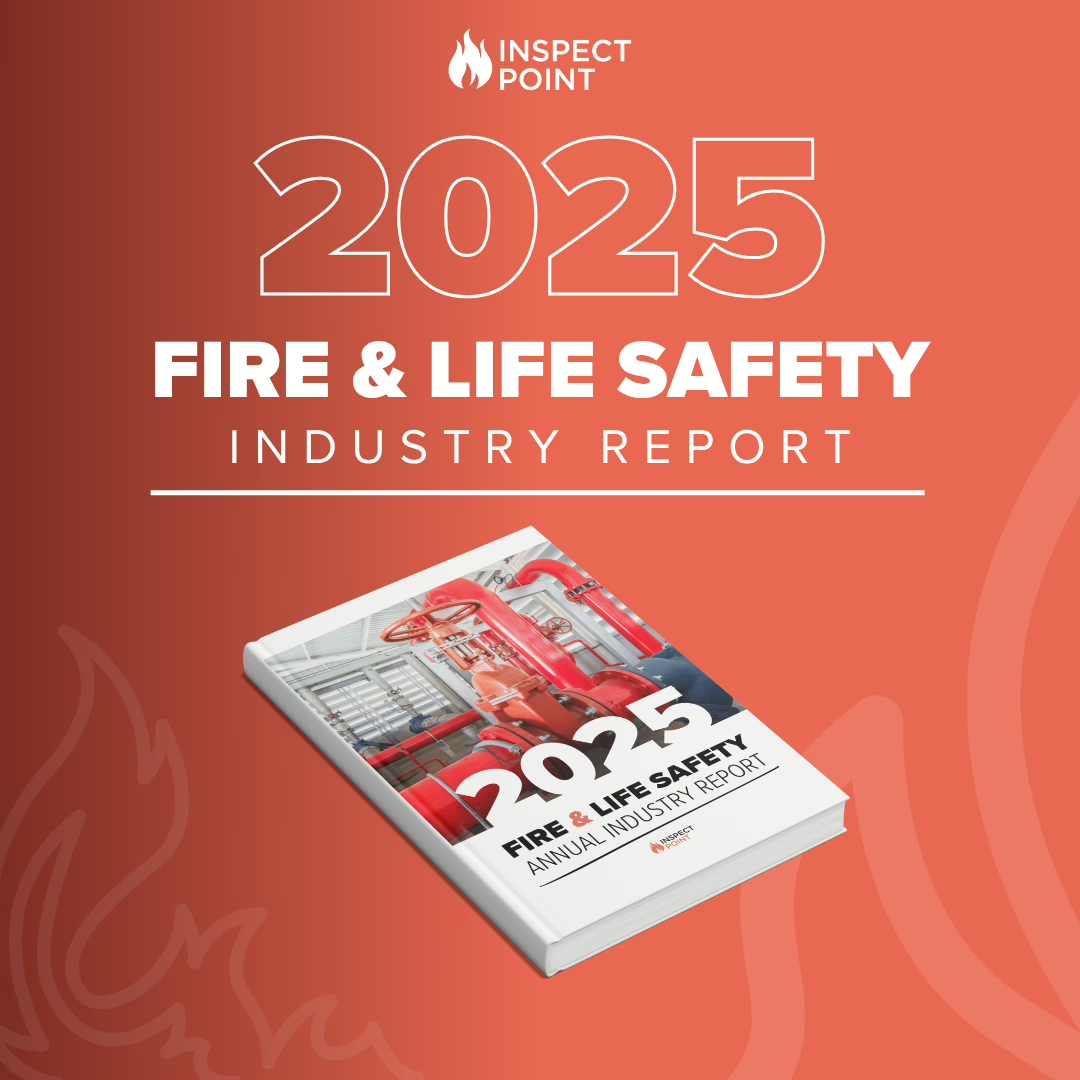
A Fire Protection and Safety Equipment History Lesson
In 1812, Sir William Congreve installed the first water sprinkler system in the Theatre Royal. It had been the first one installed anywhere in the world. It was a large pipe connected to smaller, perforated one all of which were attached all around the building.
In the event of a fire, water would be poured through the pipe system, through the perforated pipes, and onto the fire. A lot has changed since then, evolving the basic idea to what has become the automatic sprinkler systems we use today. Automatic fire sprinklers have become a vital piece of fire safety equipment for keeping both public and commercial buildings safer for the community.
Perforated Pipes
In 1806, an Englishman by the name of John Carey filed a patent for a perforated pipe to use in fire protection systems. These were made with long pieces of uncharged pipes with perforated holes throughout the piece. But it was William Congreve who patented the improved system, in 1809, that had any success in its workings. It was a system that worked by using fusible links, an outside control valve and a fire department connection. The goal was to put out in the fire as quick as possible and have the minimal amount of damage.
However, this design had its flaws… unfortunately, the system was not always reliable. There was a malfunction issue with water being distributed evenly. It was problematic because some areas of the room would be quickly doused in water, while others were not. The pipes began to start rusting over and there was debris in the way, creating blocks over the perforated holes.
Firefighters and inventors needed to find a way of creating a system that was fast-acting and more reliable. In the years from 1852 to 1885, perforated pipe systems were the most popular installments commercial buildings used for fire safety. As the years continued, the design of the first real fire sprinkler system was improved upon.
It evolved into three different evolutions of this particular design:
Evolution One
These were the uncharged pipes, designed by John Carey, with ⅓ of an inch perforated holes in width and spaced 3-10” apart. The pipes were filled with water from an outside source. They dispersed in a wide, outward motion, covering the majority of the room. At the time, this was still revolutionary, as firefighters could only spray hoses outside the building. Breathing apparatuses were not commonly used nor mandatory for firefighters at this time. Since resources were limited, these had become important.
Evolution Two
To help prevent the pipes from rusting over and collecting debris, they were coated with tar and pitch. This became a popular method to keep the pipes protected over a longer period of time. The excessive and extreme heat from the fire would melt the tar and allow water to flow through.
Automatic fire sprinklers have become a vital piece of fire safety equipment for keeping both public and commercial buildings safer for the community.
This, however, didn’t shave enough time down for putting out fires. If anything, it made it even harder. In some situations, the fire would be too far away from the pipes. Therefore, certain areas of the tar-covered pipe wouldn’t melt under the heat to allow water out. This would keep water from being distributed around the room evenly, which still left a considerable amount of damage and a fire still raging.
Evolution Three
These were open sprinklers and had no fusible elements to them. Instead, they had metal bulbs with numerous perforated holes connected to a pipe. This allowed for a wider spray range and decreased damage. However, similar to the previous designs, the same problems such as the rust, plagued them. Time was still a huge factor and the people needed something with a quick-reacting solution.
It wouldn’t be until the 1860s when inventors began experimenting with automatic sprinklers. Let’s explain.
Automatic Sprinklers
In 1850, a man named Frederick Grinnell, dubbed the fire safety pioneer, established the first company to develop and manufacture sprinklers. In doing so, he created the first fire sprinkler industry. With the combined effort of three men, they ended up developing the sprinkler into what we know it to be today.
Experiments during the 1860s produced the first automatic sprinkler. But it wasn’t until 1872, that an inventor named Philip W. Pratt patented and created the first automatic sprinkler. Now, cords and fuses held valves closed. The sprinkler itself had a spinning head that would spin from the water pressure and distribute water in circular motion. In 1874, Henry S. Parmelee of New Haven, CT took the design that Pratt had created and improved it; dubbing it the “Parmelee Sprinkler”. It had been so successful, he actually drew the second patent a year later. This design had a cap on the sprinkler head.
1878 was a big year for both Grinnell and Parmelee. The inventors ended up with patents for two new designs. Grinnell had created a sprinkler tube, while Parmelee had extended a fifth patent design. In the same year, both creators entered an agreement for Grinnell to manufacture a Parmelee sprinkler. The industry was growing!
Between the years of 1878 and 1882, over 200,000 sprinklers had been installed across the United States. But it wasn’t until 1881, when the first sensitive automatic sprinkler was designed, that we first started to see sprinklers similar to the ones we use today.
What We Have Today
In the 20th century, the sprinkler system was more finely tuned to the devices we are more familiar with today. Starting in 1906, George E Hibbard of Chicago created a sprinkler head with levers and a two-piece fusible element. This ended up setting the standard for future sprinklers. This was later followed by a fundamental change in their design. In 1920, sprinklers changed in a solder composition and used a quartzoid glass bulb instead of a metal cap.
Now it’s a Mandatory Safety Measure
Up until the 1940s, sprinklers were only required in commercial buildings. For a long time, it was almost solely companies that had sprinkler systems. Nowadays, automatic sprinklers are required in high-rise and underground buildings within 75ft. at ground level.
Why? Well, essentially, any place where a firefighter isn’t able to quickly access a specific area in a building is where it’s required to have this automatic safety system. This includes, but is not limited to: hospitals, schools, hotels, and most public buildings. These regulations are included in both Canada and the United States.
Fire Sprinklers have become an important everyday object in our lives, and these designs were only created a few centuries ago! What started as pipes with holes drilled in them became so much more. They became a device made to respond quickly and efficiently to any fire emergency encountered–a reliable and safe tool.

